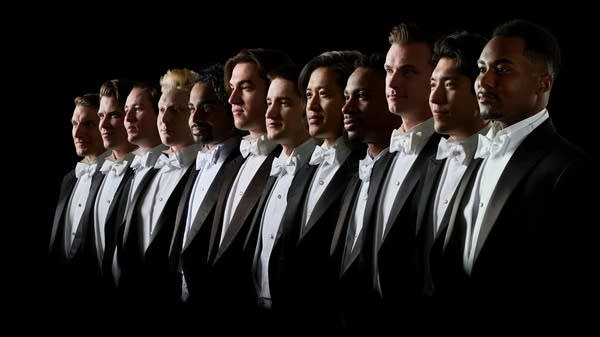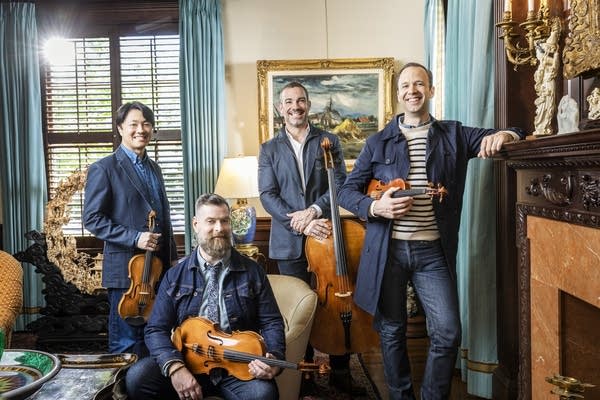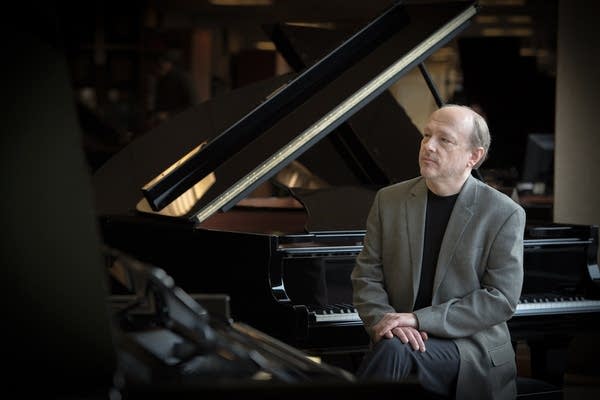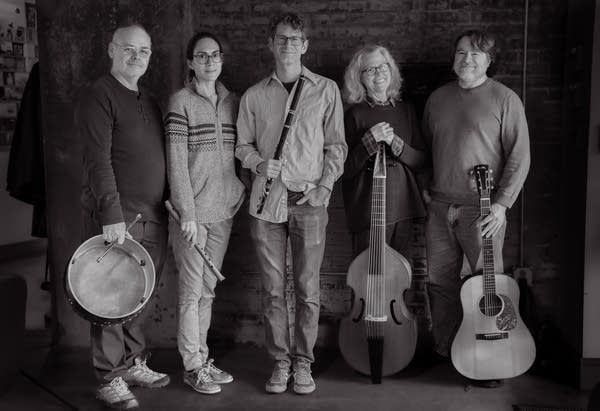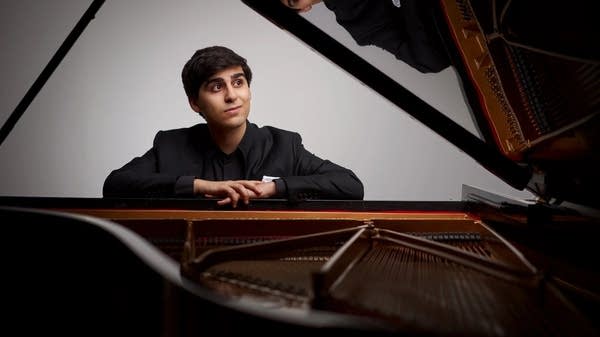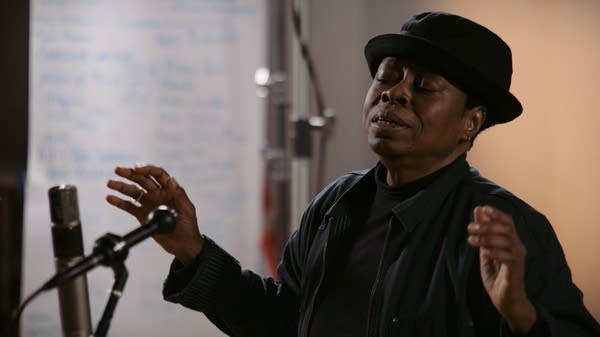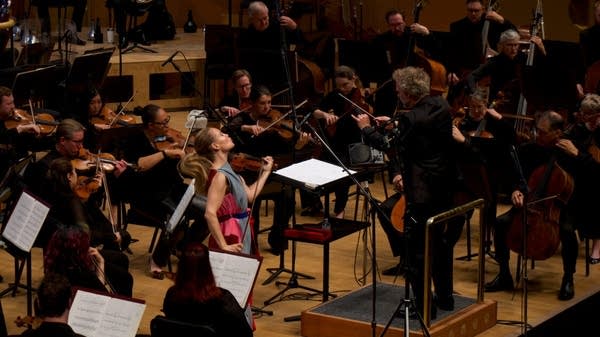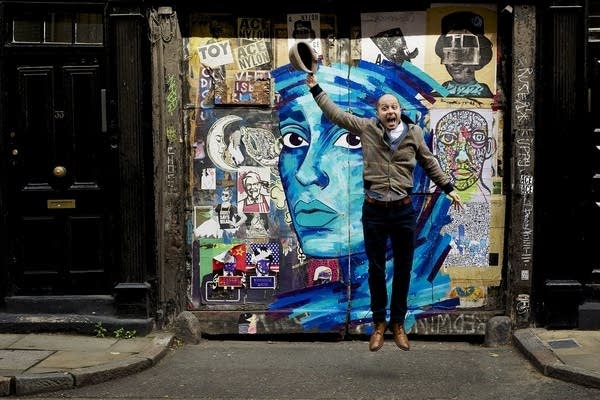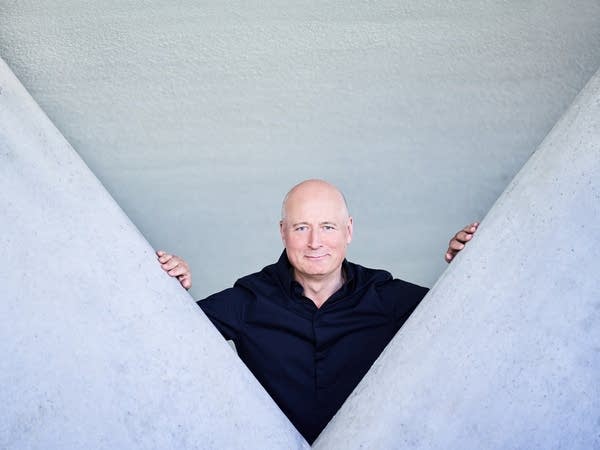
"I am truly a person of the present. I'm 99 point 9 percent happy, every day," says pianist Jan Lisiecki. "I live almost from day to day, enjoying what I'm doing and wherever I may be at the moment, whatever I may be doing."
Jan Lisiecki is a 17-year-old Canadian pianist who enjoys a lot of different things, from studying flight schedules and taking flight lessons to performing in a variety of venues from Carnegie Hall to an igloo church. He was also quite happy to perform at Chopin's house to mark the composer's 200th birthday in 2010, yet this Polish-born pianist chose to feature Mozart on his first solo recording for Deutsche Gramophon: "I had a vision to do Mozart because I think Mozart truly shows much more clearly than Chopin who you are as an artist, who you are as a musician, what you'd like to say and how you'd like to present yourself.
"Because of its pureness and simplicity, it gives you the chance to show truly what you would like to, as opposed to, for example, Romantic music of Chopin or even Rachmaninoff. You have so much sound that you can immerse yourself into. In Mozart, that's not quite the case. It seems so simple. There isn't too much to do technically, so right away you can focus musically. Audiences pick up very easily if something being said in Mozart is true or not, if the artist believes in it. So I think Mozart is much more difficult to play in many ways than Chopin or other composers."
Mozart often wrote contrasting works simultaneously. That's the case for the Piano Concertos No. 20 and 21, which appear on this new recording. Jan says what you need to listen for are the similarities between the works. "They're like not quite identical twins. You have the d minor, which is the dark one, the one that expresses all the pain, all the suffering, but at the same time, you can hear, in the d minor, the lighter and the happier qualities of the C major.
"And in turn, in the C major, it's the happy one, it's almost what we would say it's typical Mozartean music, it's just full of joy. But you can also hear these elements from the d minor, the sadness, the anguish. I think they actually work very well together on one CD.
"It's very interesting with the d minor slow movement. The middle section is very tumultuous and a bit faster in what you feel and how it goes out. It starts quite calm but then the middle section comes and it completely screams — it's so painful and so dramatic.
"On the other hand, in the C major, No. 21, you have this surreal second movement, which is just so beautiful and of course very well known. And it's hard to play, because often people have this perspective of it. They've heard it a few times, maybe they heard it in the movie, they probably have a record of it somewhere in their house. So it's become something stereotypical for classical music and also often kitschy. It's hard to get away from that and go into it as something that's simply beautiful and pure and elegant. And one of those difficulties is the tempo, because if you go too fast it loses that beauty and that serene-ness. The analogy that I love to use for the second movement, it's as if you're entering a cathedral, when there's nobody there and it's so calm and you enter this place that you feel is sacred. And even if you're not a religious person, I think you have this same perception that you enter this place,especially in Europe, when it's cold in the winter and there's almost nobody there in the church. And you just walk in and it's the beauty of everything... I think that's how you can compare the entrance of the second movement in the C major.
"If you listen from start to end and you listen to both concertos. I think you should try to hear how they go together, how they fit together. On the other hand — if you listen to them separately, in the d minor, try to hear the happier qualities. Try to see where you can find a moment where Mozart takes a repose and comes back to his usual happy self. And in the C major, I think the beauty of it is that everything is in the right hand. The right hand is constantly doing something. It's never resting. And the left hand has not very much to do. But when it does come in, it has something great to say."
On this new recording Jan Lisiecki performs under the guidance of another great Mozart interpreter, Christian Zacharias who leads the Bavarian Radio Symphony Orchestra. Together, they have something great to say about Mozart's Piano Concertos No. 20 and 21.
Love the music?
Show your support by making a gift to YourClassical.
Each day, we’re here for you with thoughtful streams that set the tone for your day – not to mention the stories and programs that inspire you to new discovery and help you explore the music you love.
YourClassical is available for free, because we are listener-supported public media. Take a moment to make your gift today.
Your Donation
About New Classical Tracks®
Host Julie Amacher provides an in-depth exploration of a new classical music release each week.
Subscribe on Apple Podcasts, TuneIn, Radio Public, or RSS.



